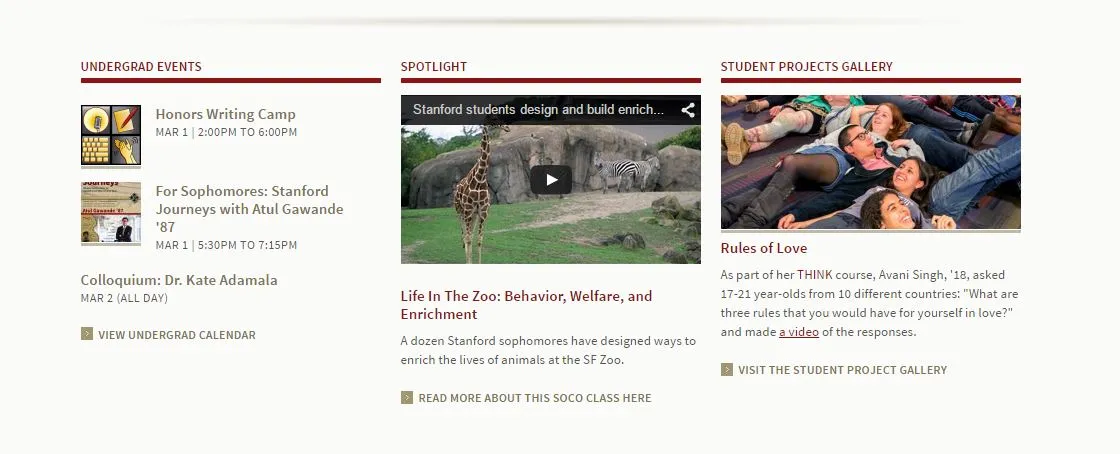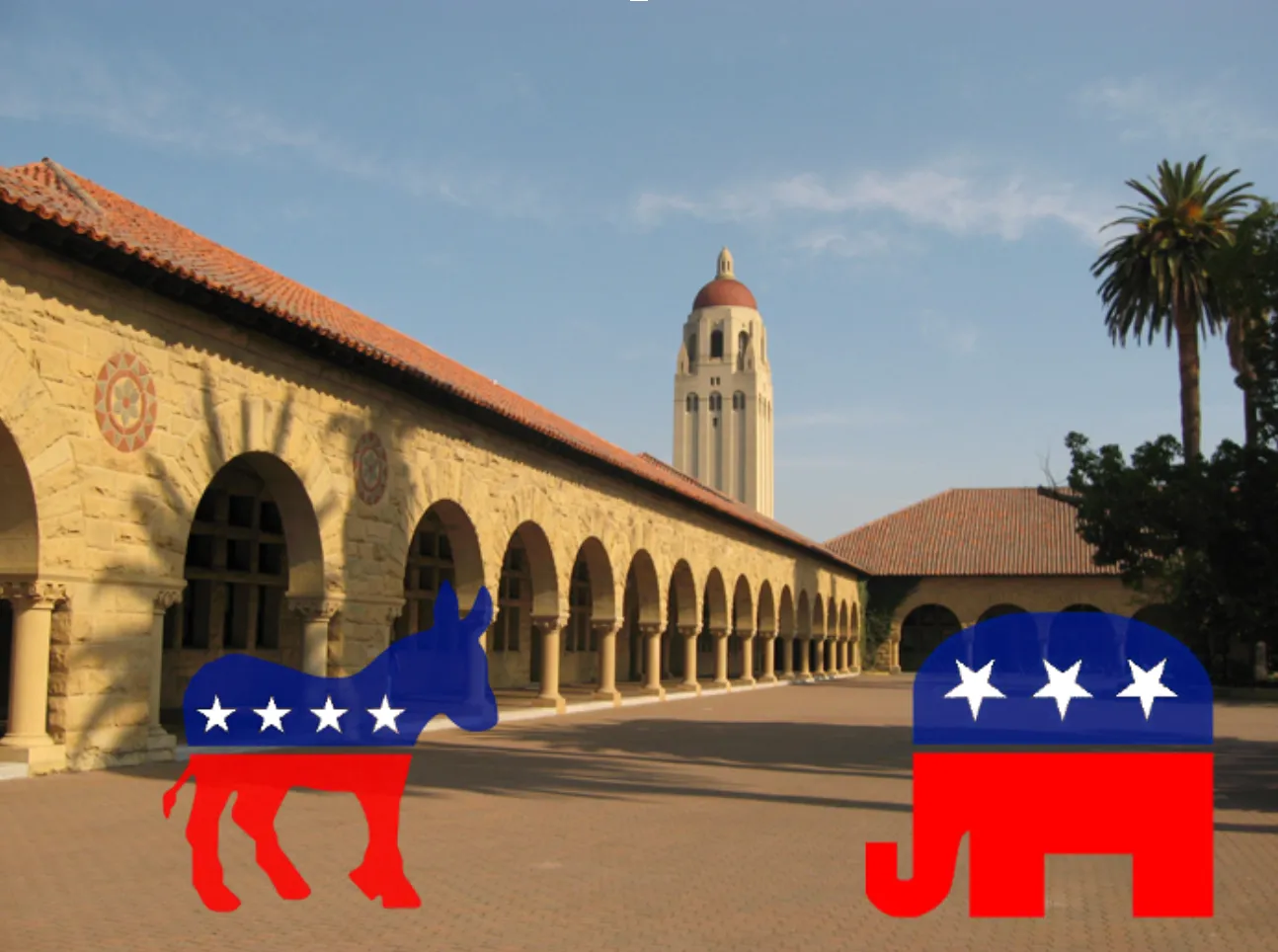Table of Contents
From debate tournaments to math competitions and football games, the range of competitive opportunities for student interests is diverse and exciting. But for computer scientists at Stanford, competitive activities have been generally limited to a few programming contests in the introductory courses.
On October 29th, the ACM teamed up with Stanford SVI and ThinkOutside to bring in 44 teams of up to 4 students who registered to hack for 12 hours. Fueled by free donuts, caffeine and burritos, they created applications that ranged from Facebook/Dropbox integration to a textbook selling service and a sensor that detects when you receive snail mail.
Sponsored by Microsoft, Facebook, Yahoo, Quora, Qualcomm, GreenGoose, and Ness, the ACM awarded the winning team 4 iPads. Second place won Xboxes with Kinect, and third place won Kindle Fires. Their projects are outlined below:
- Fireshark – 1st place – uses a technique called packet sniffing to spy on the Internet traffic from other people in your wireless network. As the authors note, it “shows you each user on the network and all the HTTP requests they’re making.”
- Bit Ghost – 2nd place – is, according to the authors, a tool that “provides an online interface through which data can be encoded inside an image, without changing the visual content of that image,” allowing you to hide images inside of others.
- Community Crate – 3rd place – links Facebook and Dropbox, allowing you to send large files to your Facebook friends and notify them over Facebook.
Information about other projects is available on the SVI’s blog, along with other photos of the coders at work.
- CS 106A students always either cringe or smile at this acronym, since the ACM also publishes programming resources used in the class.
——-
Alex Atallah is the hackathon coordinator for Stanford ACM. Please direct questions or follow-up to his Stanford email (aatallah).







